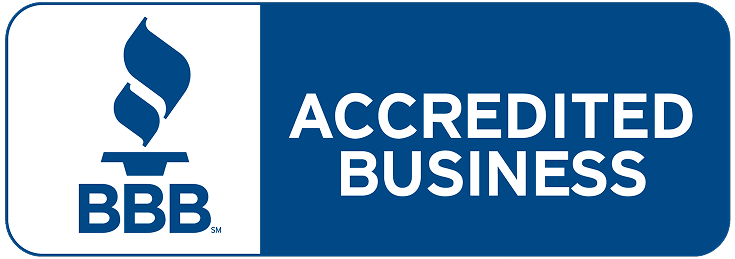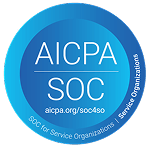Graduate studies in Canada: Choosing the right program for you
Every year, Canada ranks as one of the top destinations for international students. Students are drawn to Canada’s world-class academic institutions, diverse cultural offerings and vibrant student life.
If you’re looking to pursue an international graduate program in Canada, an MPOWER student loan for Canada can open the door to an enriching educational experience. Read on to learn the best study programs and universities you can explore with a Canada student loan.
Why study internationally in Canada?
In 2023, over 1 million international students chose to study in Canada. Here are some of the reasons studying abroad in Canada is so popular:
- High-quality academics: Canada boasts one of the best education systems in the world, with over 200 universities to choose from and a diversity of degree programs.
- English-speaking country: With more affordable tuition rates and living expenses than the U.S., U.K. and Australia, Canada is a great option for those who want to improve their English on a budget.
- Friendly work policies: International students can work up to 24 hours per week without a work permit during their studies, as long as they meet certain criteria.
Best graduate study programs to pursue with a Canadian student loan
Computer science is a great study abroad program for creative problem solvers interested in developing cutting-edge technologies. As a country with a growing economy and many multinational corporations, computer science graduates are in high demand.
Business and administration is by far the most popular degree program for international students in Canada. With one of the fastest-growing economies globally and a strong financial sector, Canada is an excellent place to start your career in business.
Canadian loans for international students can fund your study abroad program in engineering, which will give you the skills to lead innovation and improve your society. Large Canadian employers of engineering graduates include PCL Constructions, Pratt & Whitney Canada, and Salesforce.
How can I study internationally with a Canadian student loan from MPOWER?
Despite Canada’s relative affordability, earning a graduate degree in Canada is still a major expense. MPOWER can reduce the financial burden of your international education with one of its student loans for Canada.
How much does it cost to study internationally in Canada?
On average, a Canadian postgraduate degree costs CA$16,000-CA$30,000 per year and can run as high as CA$40,000 per year. Prices vary depending on the study program and region. For instance, tuition tends to be cheaper in Alberta.
How MPOWER helps international students with Canadian student loans
If you don’t have a credit history or an available cosigner, it can be hard to secure the funding for your international education. Luckily, MPOWER cares more about your future potential than your financial circumstances.
You can borrow up to US$100,000 from MPOWER without needing a cosigner or collateral. MPOWER’s Canadian loans for international students have fixed, competitive interest rates, 10-year repayment plans and no prepayment penalty, so you can worry less about your finances and focus more on your academic success.
Because MPOWER wants to see you succeed, all MPOWER customers gain access to MPOWER’s Path2Success program, which will guide you through the Canadian study permit process with a loan acceptance letter and a visa prep course. MPOWER can even connect you with Canadian immigration experts through BorderPass, ensuring your study abroad journey starts off without a hitch.
To get started and gain access to all the financial, travel and professional support MPOWER has to offer, check your loan eligibility today.
Using your Canadian student loan: Five affordable, MPOWER-eligible Canadian universities* for international students
MPOWER student loans for Canada are accepted at almost all of Canada’s top 20 universities, as well as all of the following affordable universities:
1. University of Calgary
Graduate tuition for international students: CA$8,081.04
2. University of Alberta
Graduate tuition for international students: CA$10,017.84
3. University of Saskatchewan
Graduate tuition for international students: CA$11,650.50
4. University of New Brunswick
Tuition varies by program. A master’s in computer science, for example, costs CA$3,020 per course, and requires a total of 10 courses.
5. University of Waterloo
Tuition varies by program. A master’s in electrical and chemical engineering, for example, costs CA$7,696 per term and requires a total of four to eight terms.
*Schools mentioned in this post do not endorse MPOWER’s loans and MPOWER is not affiliated with the schools noted in this message. University pricing was collected in January 2025.
Final thoughts: Studying abroad with a Canadian student loan
Canada’s welcoming academic and professional environments make it a magnet for international students. Its affordable universities and generous work policies make the dream of studying in Canada financially feasible, but if you need extra funds to make that dream a reality, a Canadian loan for international students from MPOWER can take you the rest of the way there.
Receive a quick, conditional offer from MPOWER for up to US$100,000 to cover costs at your dream Canadian university. Getting started takes less than a minute.

